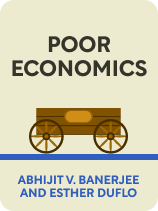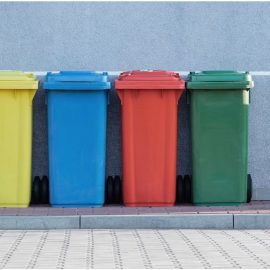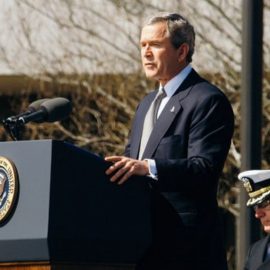

This article is an excerpt from the Shortform book guide to "Poor Economics" by Abhijit V. Banerjee and Esther Duflo. Shortform has the world's best summaries and analyses of books you should be reading.
Like this article? Sign up for a free trial here .
Why do poor people have so many children? How do poor parents plan their family size?
Poor mothers often suffer disadvantages if they have children too early in life or if they have more children than they can afford. If they have children before they finish school, mothers tend to get less education during their lifetimes, and if they have more children than they can afford, mothers sacrifice their own health needs to ensure those children are cared for. Given these facts, Duflo and Banerjee point out two factors that affect the poor’s reproductive decisions.
Here’s why the poor have such large families.
How Do Poor Parents Plan Their Family Size?
Why do poor people have so many children? The poor tend to have large families in spite of being unable to adequately provide for them. In their book Poor Economics, MIT professors Esther Duflo and Abhijit Banerjee argue that this is because:
- disempowered women can’t make independent choices;
- poor parents view children as a form of economic security.
Disempowered Women Can’t Make Independent Decisions
Poor women are often disempowered, which renders them less able to make independent decisions about their fertility. Specifically, poor girls are often less educated than boys and have fewer employment opportunities. They thus frequently see motherhood as the only way to achieve economic security: After all, the father may support them. According to Duflo and Banerjee, this encourages girls to engage in risky sexual behavior even before they’ve finished school, which leads to early pregnancies.
Evidence suggests that when empowered and allowed to decide for themselves, poor women prefer to have fewer children than when their decision is influenced by their husbands. Women who were given unaccompanied access to family planning services reported fewer unwanted pregnancies than those who accessed those same services with their husbands, claim the authors.
(Shortform note: Since the publication of Poor Economics, more studies have confirmed the authors’ findings that when women are empowered to make their own decisions, they choose to have smaller families. A recent policy intervention in Uganda found that providing teen girls with vocational training and information on reproduction and marriage led to lower rates of teen pregnancy and early marriage four years after the intervention. They further expressed a desire to marry and have children at a later age than did their peers and were nearly 50% more likely to be generating independent income, suggesting a causal link between financial independence and the decision to have fewer—and later—children.)
Parents View Children as a Form of Economic Security
Duflo and Banerjee also argue that in countries lacking institutional support such as retirement funds and health insurance, parents rely on adult children for care. For example, in places where fertility rates are forced down, savings rates go up, indicating that parents view children as a form of savings, so that when they have fewer children, they purposefully put aside more savings for the future because they assume they’ll have fewer children supporting them in old age. This was seen, the authors say, when the Chinese government initiated a program of family planning: As average family size decreased, savings rates gradually increased.
If policymakers want to improve the lot of women and parents and help them make good fertility decisions, they need to address the above two factors, assert Duflo and Banerjee.
(Shortform note: Although Duflo and Banerjee argue that when parents have fewer children, they’re more motivated to save money, they don’t address the possibility that increased savings in smaller families might be a result of children simply being expensive, so that when parents have fewer kids, they consequently have more money to set aside for the future. Researchers found that the average cost of raising a child to age 18 in China was nearly seven times a family’s average annual income. The authors don’t explore whether larger savings are caused by smaller families or are merely correlated with them.)

———End of Preview———
Like what you just read? Read the rest of the world's best book summary and analysis of Abhijit V. Banerjee and Esther Duflo's "Poor Economics" at Shortform .
Here's what you'll find in our full Poor Economics summary :
- A look at how some people live on less than 99 cents per day
- An analysis of how the poor live and how policy interventions affect their lives
- The four key insights Duflo and Banerjee offer about poverty







Bull fucking shit!
Poor women have babies because they want an identity, something to “be”. Poor men don’t want babies; they’re just stuck with partner’s choice.